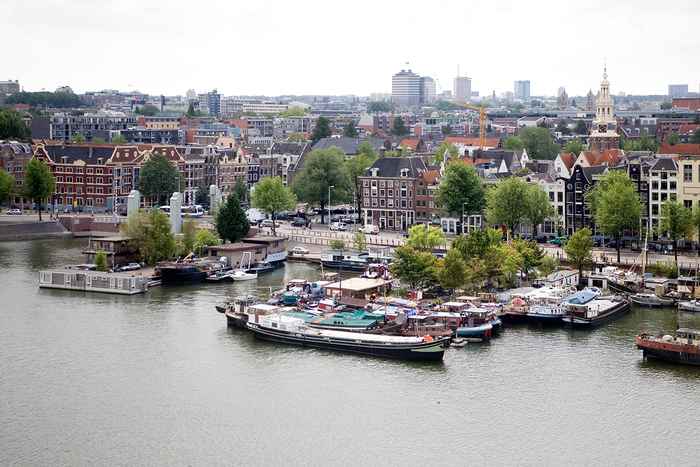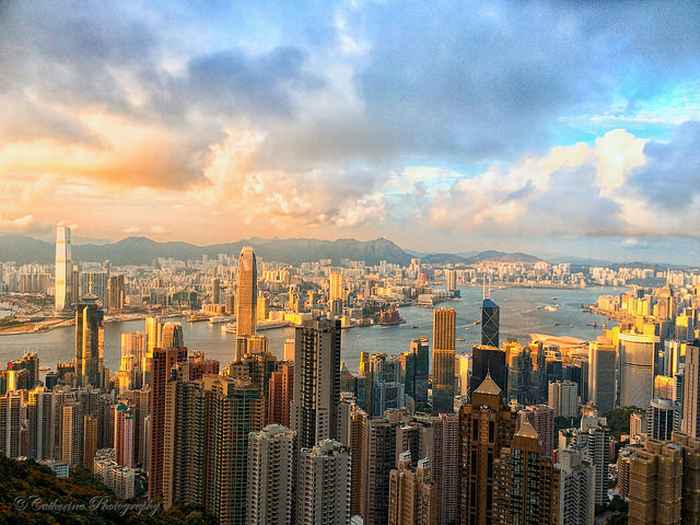Phenomenal Urbanization Asks for Forward-Looking Visions and a Global Perspective - By visiting Prof. George Lin
Publication date 27-01-2015
The city of Amsterdam has long occupied a strategic position in the history of global interdependent development. Visiting the city of Amsterdam for the first time I was deeply impressed. As an urban geographer, I was fascinated by the landscape of the city, its glorious history and fabulous cultural heritage, and the way in which (post)modern urbanism has lived out with such a great livability and sustainability: the canal system, the juxtaposition of heritage buildings of different styles and times, the openness of the people linguistically and culturally, the wonderful interplay of state and market, and, of course, the amazing spatial mobility of people riding on the bicycle that I have loved and missed for so long! This is the most liberal and livable city of the world. Just as the forces of globalization are so strongly felt today, the leading role that could be played by this global city in the world of interdependent development has become more prominent than ever before. Obviously, the world we now face is one full of new challenges and opportunities that need to be taken with great vision and courage.

